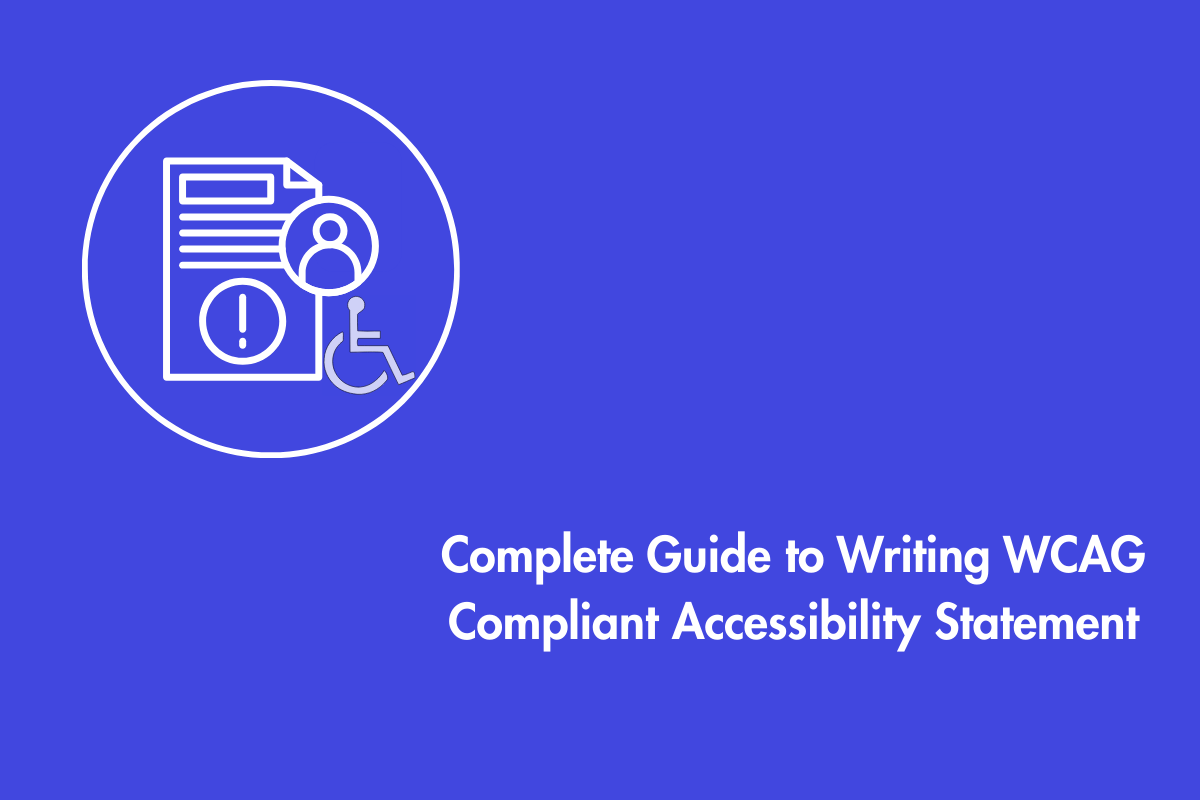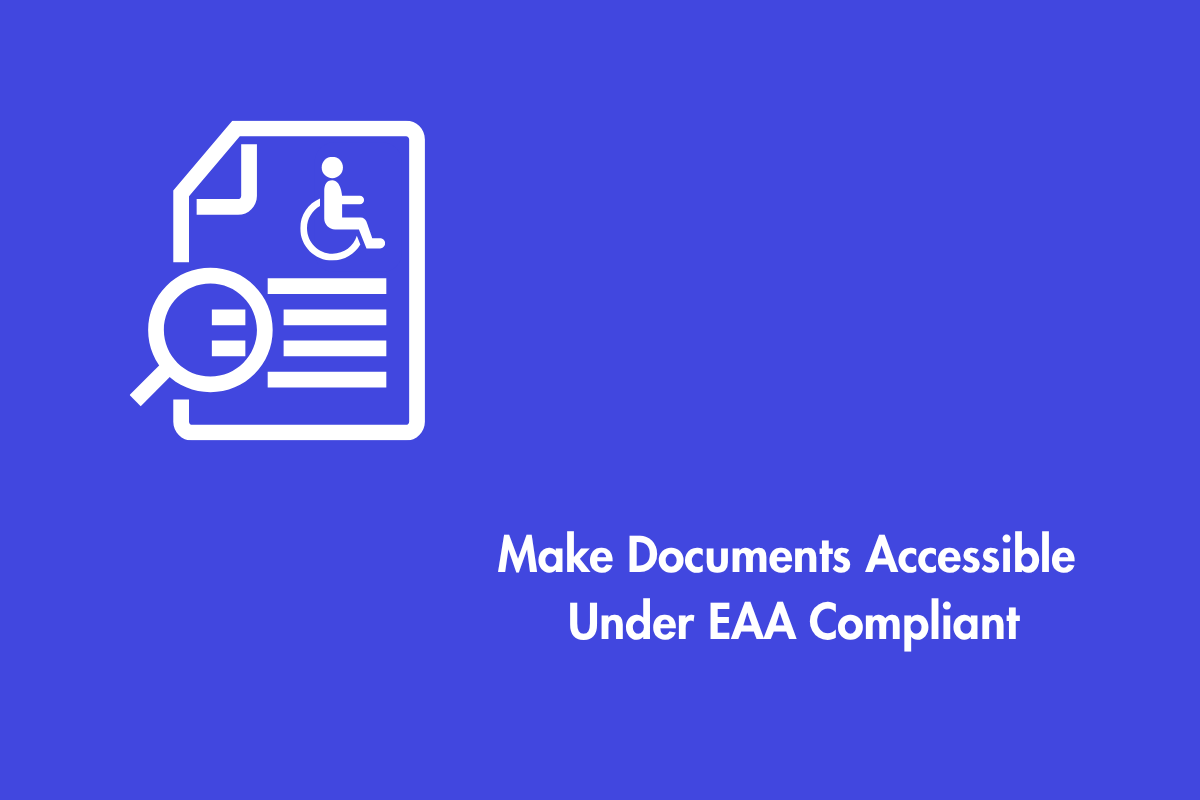The Americans with Disabilities Act (ADA) is a federal law that protects individuals with disabilities from discrimination in various areas of everyday life. Enacted in 1990 and subsequently amended to expand its protections, the ADA plays a vital role in promoting equal access and inclusion for the disability community.
Under Title III of the ADA, the law requires businesses considered “public accommodations” to be fully accessible to all individuals, regardless of their abilities. Furthermore, this category includes a wide range of establishments, including, for example, financial institutions and banks.
Since its enactment, banks that have embraced the ADA have benefited not only by meeting legal requirements but also by enhancing their reputation and fostering customer loyalty. In contrast, those that failed to comply have faced legal penalties, fines, and a loss of public trust. The ADA, in reality, revolutionised the way businesses, including banks, treated customers, ensuring fairness and access for all.
Under the ADA, banks have a responsibility to support the disability community. First, they must provide appropriate accommodations for employees with disabilities. Second, they are required to ensure equal access to their services for customers with disabilities. This extends across both physical locations and digital platforms, including bank websites and mobile apps.
Let’s delve deeper.
Table of Contents
1. Physical Accessibility Requirements
Banks must make their buildings easy to access for people with disabilities. Important requirements include:
Entrances and Parking:
Banks should have special parking spaces, ramps, and automatic doors for people with mobility difficulties. These features must be well-maintained and marked to ensure easy access.
ATMs and Teller Counters:
ATMs must feature Braille instructions, voice guidance, and an accessible height for wheelchair users. Teller counters should feature a lower, accessible section that enables individuals in wheelchairs to conduct transactions comfortably. It must also provide sufficient space and appropriate height for wheelchair users, along with a wide ramp and an automatic door sensor to ensure easy and independent access.
Interior Design:
Banks should maintain clear pathways, sufficient space to accommodate wheelchairs, and accessible seating. Banks should remove any obstacles that make it hard for people to move around easily.
Restrooms:
Public restrooms must follow ADA rules. They should have grab bars, accessible sinks, and wide doorways. Toiletries should be positioned within easy reach for all individuals.
Signs, Notices, and Displays:
Signage must be clear, easy to read, and accessible. It should feature Braille and high-contrast lettering to assist individuals with visual impairments in navigating the bank.
2. Digital and Online Banking Accessibility
With the rise of online banking, digital accessibility is a crucial component of ADA banking requirements. Banks must ensure that:
Websites and Mobile Apps:
Bank websites and apps should work with screen readers, include text descriptions for images, and allow navigation using a keyboard. They should also adjust to different screen sizes for easy use.
Electronic Statements and Forms:
Customers should be able to access bank statements and forms in different formats, such as large print, Braille, and digital versions. Banks should provide options for individuals who require customised formats.
Live Chat and Customer Support:
Online customer support should work with text relay services and other tools to help people with hearing impairments. Chatbots and automated services should be easy for everyone to immediately employ for their usage.
Mobile Accessibility:
Mobile banking apps should provide the ability to operate through voice command options and should also allow users to customize display settings to make them easier to use for people with disabilities.
Videos with captions:
Banks often use videos to share information, such as tutorials on website features or updates on interest rates. To ensure accessibility for visitors who are hard of hearing, all videos should include captions and/or transcripts.
3. Communication and Customer Service
Effective communication is essential to serving customers with disabilities. Banks must provide:
Devices like the hearing loop systems must be available at bank branches to assist individuals with hearing impairments.
Sign Language Interpreters:
Banks should provide sign language interpreters for in-person consultations upon request, and offer virtual interpretation services to accommodate remote interactions as well.
Alternative Communication Methods:
Customers should have access to written, electronic, or verbal communication options based on their needs. Customer service representatives should be trained to provide clear and accessible communication for easy assistance.
Appointment Scheduling Options:
Customers with disabilities should be able to schedule appointments in advance to ensure they receive personalised assistance in an accessible manner on their arrival.
4. Compliance and Legal Requirements
Non-compliance with the ADA banking requirements can result in lawsuits, penalties, and reputational harm. To ensure compliance, banks should:
Conduct Regular Accessibility Audits:
Perform periodic evaluations of physical and digital accessibility measures to ensure alignment with ADA standards. Independent assessments by accessibility experts can help identify potential gaps.
Provide Employee Training:
Staff members should receive continuous training on assisting customers with disabilities and promoting an inclusive banking environment. Employees should be educated on technological advancements that support accessibility.
Equal Employment Opportunities:
Ensure equal employment opportunities and support for individuals with disabilities by providing fair access to the hiring process, offering reasonable accommodations, and giving all candidates equal consideration for available roles.
Establish an Accessibility Policy:
Banks should communicate the accessibility services they offer, both on their websites and within branches, to ensure customers are aware of available accommodations. This policy should be regularly reviewed by a designated committee to incorporate any new regulatory updates.
Ensure Third-Party Vendor Compliance:
Banks that rely on third-party vendors for services such as online banking and ATM operations should ensure that these vendors meet ADA accessibility standards.
5. Accessible Banking Technology
Banks should utilise the technological advancements available at hand to enhance accessibility, including the following avenues.
Voice Recognition Systems:
End users should be able to perform banking transactions using voice commands, enabling individuals with mobility or visual impairments to access services more easily.
Kiosks with Screen Readers:
Developers must program ATMs and self-service kiosks with text-to-speech features that allow visually impaired customers to use them seamlessly with their assistive devices or technology.
AI Chatbots:
Chatbots should provide quick and accessible customer support. They must equip themselves with provisions to recognize and take care of accessibility-related issues by pointing customers in the right direction.
Biometric Authentication:
Facial recognition and fingerprint scanning enhance both security and accessibility in banking.. This helps customers who may have trouble with traditional passwords or PINs.
6. Employee Training on Accessibility
To foster an inclusive banking environment, banks should:
Implement Regular Sensitivity Training:
First, educate employees on best practices for assisting customers with disabilities. Furthermore, training should be updated frequently to reflect evolving ADA requirements and best practices.
Develop Step-by-Step Assistance Guides:
First, ensure that staff members are equipped with detailed instructions on ADA compliance procedures. Additionally, employees should have quick access to guides to help them assist customers effectively.
Promote Empathy and Inclusivity:
Employees should focus on making banking accessible and inclusive. Employees should be encouraged to assist customers requiring additional support.
Encourage Feedback and Improvement:
Banks should give customers an easy way to share their opinions on accessibility services so they can keep making improvements. Regular customer feedback can help financial institutions identify areas that require further enhancement.
WCAG and Accessibility Requirements for Banks
The Department of Justice (DOJ) has pointed to the Web Content Accessibility Guidelines (WCAG) as the standard businesses, including banks, should follow to make their websites and apps accessible to people with disabilities. Currently, if a bank’s website complies with the latest version of WCAG—specifically WCAG 2.1 at Level AA it is unlikely to face legal action.
To meet WCAG 2.1 Level AA standards, banks must make various website elements accessible to people with disabilities. Below is a summary of key actions, though full compliance requires additional steps:
- Add meaningful alt text for images. Describe important images so screen readers can convey their purpose; decorative images don’t need alt text.
- Include captions or transcripts for videos. Ensure videos are accessible to those who are hard of hearing
- Make online documents accessible. Remediate PDFs and other files by adding alt text, ensuring color contrast, and using readable fonts.
- Provide accommodations for e-signatures. Offer alternatives like signature stamps or voice recognition for signing documents.
- Allow users to control time limits on pages. Users should be able to extend or disable time restrictions and be warned before time expires.
- Label forms. Properly link labels and fields so screen readers can guide users through forms.
- Make chat and chatbots accessible. Configure these tools to work with screen readers and include visual and auditory cues.
- Offer multiple multi-factor authentication options. Provide alternatives beyond text codes, such as biometrics, to accommodate different needs.
Wrapping Up
Banks must comply with ADA regulations not only because they are legally required, but also to provide fair and inclusive service to all customers. Furthermore, by making their physical locations, websites, and communication channels accessible, banks enable everyone, regardless of ability, to use their services easily. In addition, this commitment not only enhances customer satisfaction but also fosters loyalty among a diverse clientele.
Adhering to ADA standards helps banks build trust and enhance the customer experience. Furthermore, as technology and regulations evolve, banks should, consequently, regularly update policies, train staff, and invest in improved accessibility tools to serve diverse customers better while, at the same time, also staying compliant.
AEL Data specialises in helping financial institutions achieve ADA compliance through expert accessibility solutions. Therefore, contact AEL Data today to ensure your bank meets all ADA banking requirements and, in turn, delivers an inclusive banking experience for all customers. Furthermore, our team of experts is ready to assist with audits, technology upgrades, and training programs designed to ensure that your institution is fully compliant and accessible to everyone.



